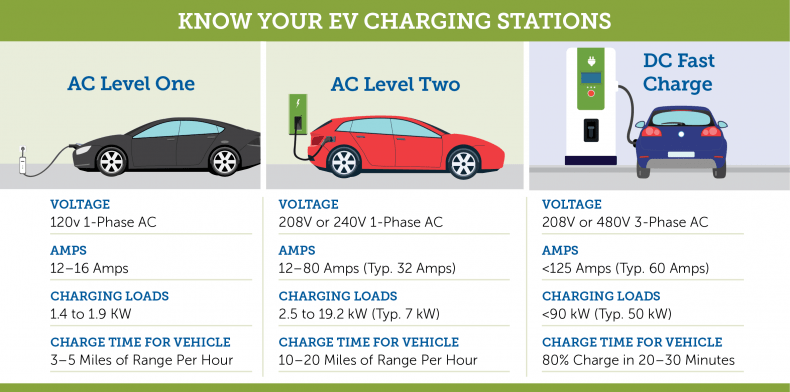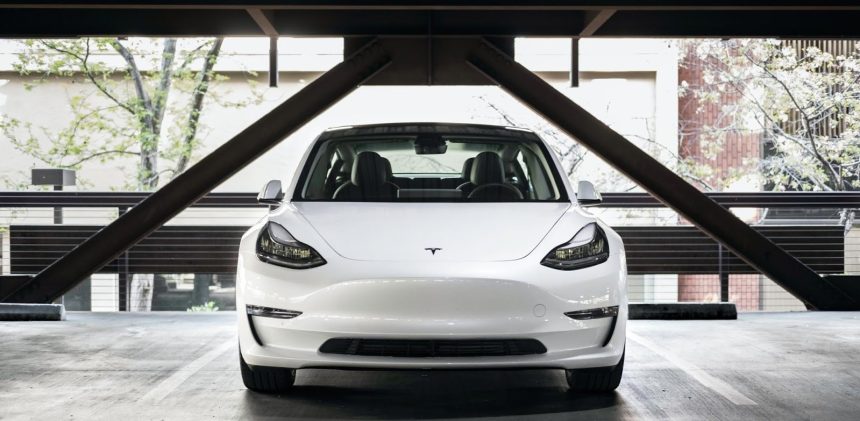While EVs are seemingly becoming more popular, the type of charging to be used for your EV is also a huge deciding factor to buy a vehicle!
Introduction
Different models of electric vehicles are powered by different electric motors and batteries, producing different ranges and outputs. For charging, they are connected to a power source through electric vehicle supply equipment (EVSE). With the built-in safety features of all new cars and chargers, electric cars can be operated and charged under various indoor and outdoor conditions such as rain, snow, cold, and other harsh conditions. Manufacturers are entering new countries to leverage new opportunities like Tesla price in India is expected to be 3x of that in the United States.
Level 1 Charging – 120 Volts
Level 1 charging uses the same 120-volt power as a standard household plug and can be charged using the power cord and equipment that comes with most EVs. Providing this type of on-site charging is as simple as installing a dedicated 120V power outlet in a commercial parking lot.
Advantages: If you already have an outlet near the parking space of your vehicle, there is no installation cost. Peak hours have a negligible impact on utility bills as electricity consumption is also very low.
Disadvantages: Slow charging, usually 3 to 5 miles per hour.

Level 2 Charging – 240 Volts
Level 2 charging uses 240 volts to regenerate the EV battery system faster. This type of load requires the installation of EVSE and wiring that can withstand higher voltages. Currently, PlugStar Plug-in America provides Level 2 EVSE in the market. Many utility companies offer free level 2 chargers and/or discounts for purchasing electric vehicles.
Advantages: Generally, the charging speed is faster, charging 10 to 20 miles per hour, which is more efficient than the first-class. Energy efficiency is increased by about 3%. Different EV charger manufacturers provide differentiated products according to their market and their needs. This typically includes grid systems that allow charging, usage tracking, and charging which can easily be arranged to load.
Disadvantages: More expensive than level 1 charging. The impact on companies’ peak kWh charges may be even greater.
Level 3 Charging – 480 Volts
Fast DC charging converts high-voltage AC power into DC power and stores it directly in the EV battery. This can later charge compatible vehicles to 80% in 30 to 60 minutes. All automobile manufacturers currently use SAE J-1772 for level 1 and level 2 charging except for Tesla which comes with its own adapter. However, there are three types of plugs that can be used for DC fast charging: CHAdeMO, SAE Combined Charging System (CCS), and Tesla Supercharger. Nissan and Mitsubishi vehicles use CHAdeMO, while the US and European automakers are more focused on having SAE CCS ports. Although Tesla’s Supercharger kit can only be used to power a Tesla car, they also provide an adapter that can make Tesla cars compatible with the CHAdeMO kit. Most manufacturers of DC fast chargers now offer devices with CHAdeMO and SAE-CCS connectors to improve connectivity.
Advantages: The charging time is greatly reduced, almost as fast as refueling a car. A large number of charger manufacturers also provide differentiated products for different markets and needs.
Disadvantages: Level 3 charging is much more expensive than the first level or second level equipment, and the three-phase connection with the high-voltage network further increases the installation cost. Office usage fees may increase during peak periods. Different connector types can confuse potential electric car buyers and charging station operators. It depends on the vehicle. For chargers, fast charging in cold weather will also have a negative impact leading to slowing down.

Conclusion
The level of charging to be used should ideally depend on the needs of the user. However, SHiFTUP recommends level 2 charging as it comprises the best of both worlds. The charging time is also reduced for this and it is much more energy-efficient. The level 2 charging does not incur high-level costs and provides the best satisfaction to the car owner.















